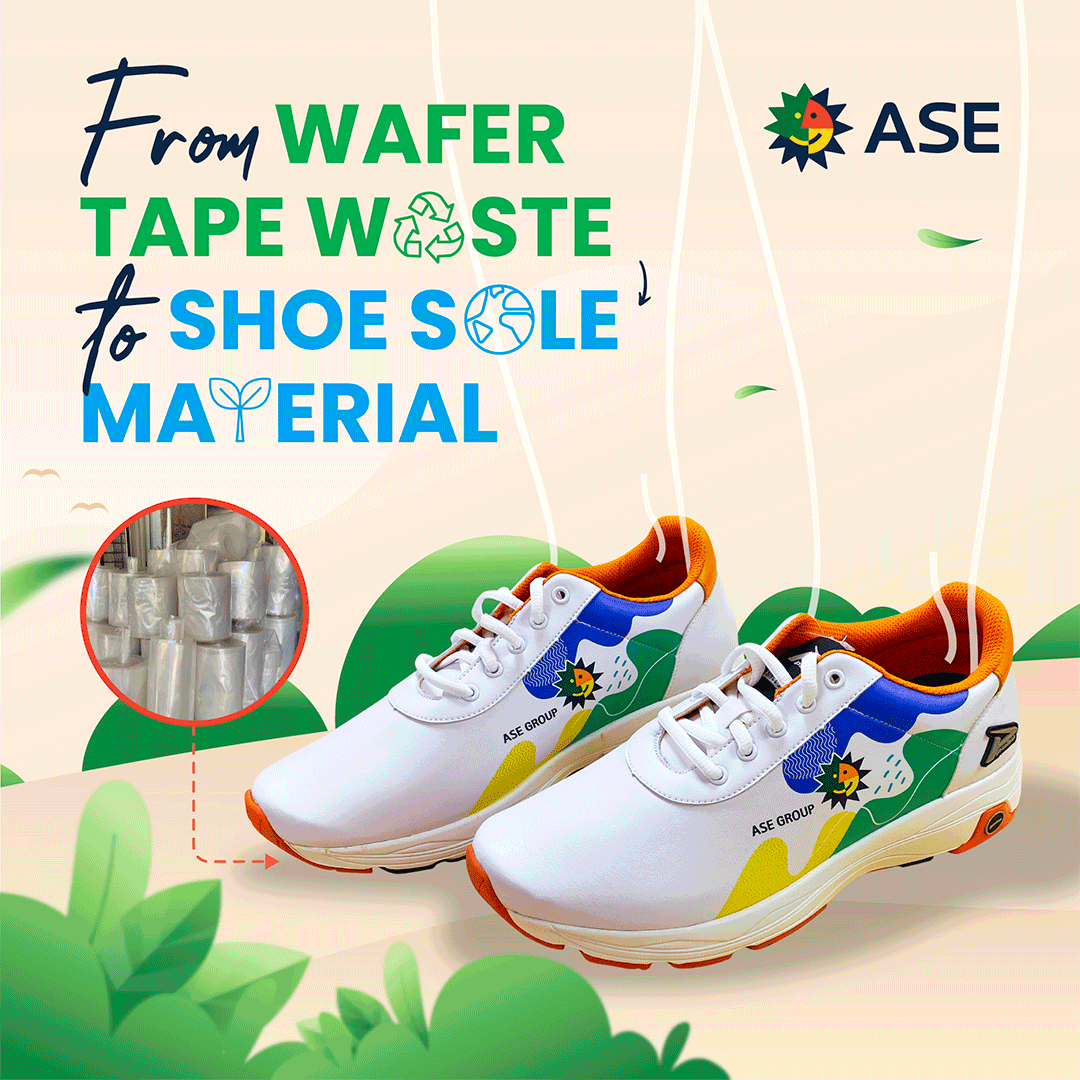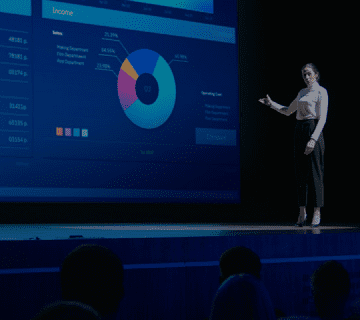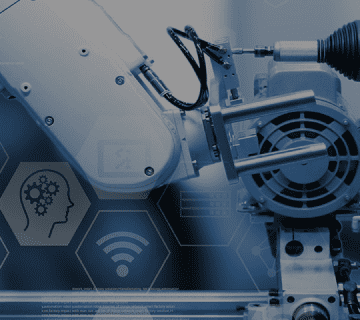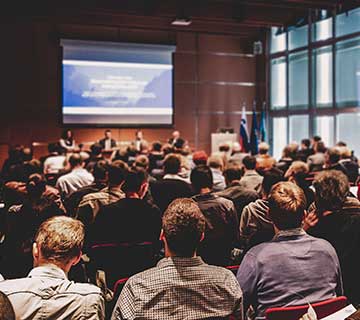
Green Manufacturing & Circular Economy
As businesses continue to struggle with resource allocation and climate change, ASE is seeking to improve its value contribution through innovations that will promote social and environmental benefits. We begin with the design and development of a product throughout its life cycle that includes raw material procurement, manufacturing, product use and final disposal. ASE adopts strict compliance with global regulations and standards, and is researching and developing solutions that enable lighter, thinner and more energy-efficient applications. It is also important for us to understand the health impact of our solutions and end product which have led us to research and develop non-hazardous materials, as well as collaborate with suppliers to build a sustainable supply chain.
Circular Economy Award of Chung-Hua Institution for Economic Research - Outstanding ESG Contribution Award
2022 Taiwan Circular Economy Award - Corporate Award, Innovative Service Award
100 tons of waste bakelite plate, 1,100 tons of waste sealing strips, 600 tons of waste plastic packaging material reduction per year
Hazardous Substance Management
In pursuit of a highly sustainable manufacturing, we start by controlling and reducing the impact of products on the environment by optimizing our Green Product Management System (GPMS), establishing a substance database and fulfilling IECQ QC080000 certification and compliance with the RoHS (Restriction of Hazardous Substances Directive), REACH (Registration, Evaluation, Authorization and Restriction of Chemicals), Energy Star, and Energy-related Products Directive.
Our Green Laboratory continuously evaluates and develops green material, manufacturing and environment-friendly packaging materials.
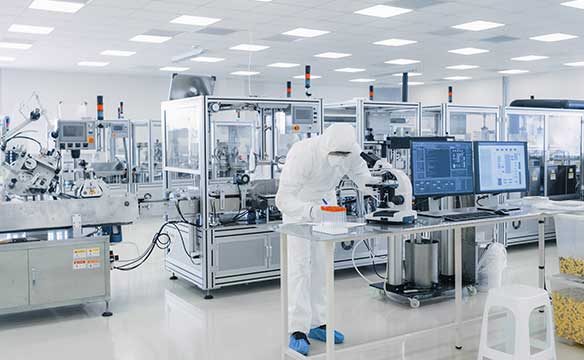
Renewable Energy
ASE’s low carbon strategy is an integral part of the company’s move towards Net Zero, the company continues to improve energy efficiency and adopt renewable energy alternatives across its operations.
We currently have solar panels installed at facilities in Kaohsiung, Wuxi and California, as well as the acquiring of renewable energy certificates by various ASE facilities.

The Circular Economy
Promoting circularity is a key ESG tenet at ASE. The following chart illustrates the scope of ASE’s waste and recycling management that incorporates internal and external entities to achieve a circular economy.


Case 1: Activated carbon from bakelite plates
Waste bakelite plates (phenol-formaldehyde laminate plates) are processed to produce activated carbon and used in filtration systems to reduce air pollution and at our water treatment facilities. The process developed through industry-academia collaboration has helped to reduce almost 100 tons of waste per year. By 2023, we expect to be able to process 20 tons of bakelite plates with an output of 12 tons of activated carbon per month.

Case 2: Recycling waste sealing strips into bricks for construction use
Around 1,100 tons of waste sealing strips are generated after sealing products and these contain a high concentration of silicon dioxide which are non-toxic, hard and high-temperature resistant. After conducting rounds of R&D with third-party suppliers, the recycled strips were processed into bricks that were used to pave the grounds at the ASE kindergarten in Kaohsiung. In 2022, we further developed a technique to refine the strips into silicon dioxide that can be used as fire-resistant and ceramic material in the glass-making, shoes and plastic industries.

Case 3: Recycling Packaging Material
In the past, most packaging materials such as bubble wrap and foam were incinerated after use. ASE began working with recycling companies to collect the used materials and compress them into plastic pellets to be used into the manufacturing of consumer plastic bags. About 80,000 rolls of eco-friendly bags can be made every month.
Case 4: From Wafer Tape Waste to Shoe Sole Material
In semiconductor packaging processes, materials like “Dicing Tape” “Back Grinding Tape” and “UV Tape” are essential for protecting and supporting wafers. ASE uses over 200 tons of tape annually. Previously, waste tape was processed into “Solid Recovered Fuel (SRF)”- a more sustainable alternative to traditional incineration practices used in the industry. However, we continue to seek more eco-friendly and higher-value solutions. One of our key initiatives focuses on converting waste tape into “Thermoplastic Polyolefin (TPO)”, a recycled material used to make environmentally friendly shoe soles. Looking ahead, we plan to use TPO in the cleanroom shoes worn by our production line employees, providing more comfortable and durable footwear to reduce the strain of prolonged standing and movement, promoting a more ergonomic and worker-friendly environment.
